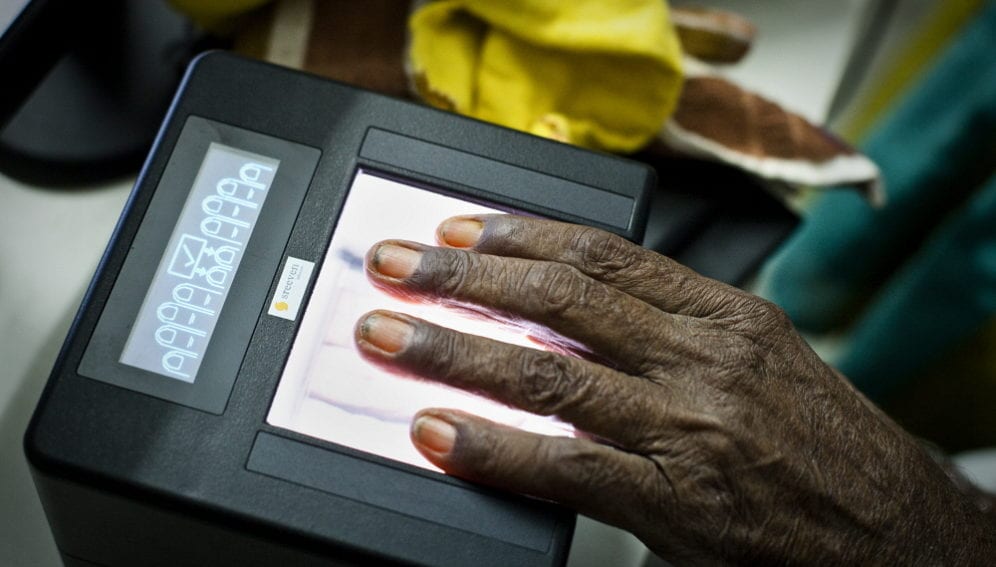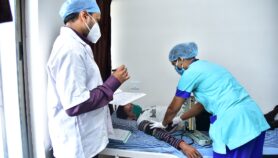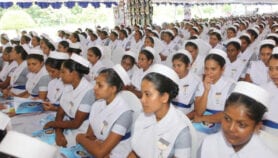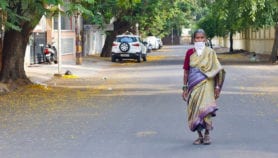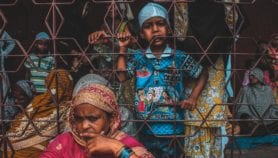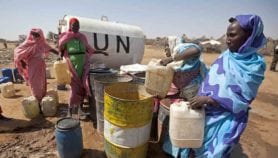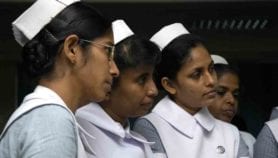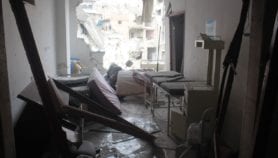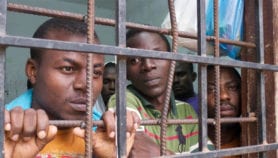By: Aamna Mohdin
Send to a friend
The details you provide on this page will not be used to send unsolicited email, and will not be sold to a 3rd party. See privacy policy.
Earlier this month the UN refugee agency, UNHCR, released its mid-year trend report, which provides a snapshot of the number of people displaced due to conflict, persecution and war in the first six months of 2014. [1] It shows that conflict displaced 5.5 million people, worsening a growing refugee crisis.
But how can UNHCR ensure its data are accurate? I spoke to a senior statistician at the agency, Tarek Abou Chabake, who told me about three ways UNHCR is working on this issue.
Abou Chabake explains that the agency uses many different methods to compile information on refugee movements, including surveys and estimates based on government and NGO figures. But the most reliable method is for UNHCR to register refugees in person at camps — and here the agency has a new initiative.
Since early 2014 it has been piloting a registration system that involves collecting biometric data — fingerprints, iris scans and photographs — at the Dzaleka refugee camp in Malawi. This improves the accuracy of the system, says Abou Chabake, because it is a concrete way of identifying those refugees who lack identification documents, allowing UNHCR to ensure that they get the right care and protection wherever they go.
“We were lucky enough to count Statistics Norway on our side, with them having identified this topic as an emerging issue which deserves more attention at the Commission.”
Tarek Abou Chabake, UNHCR
Abou Chabake tells me that registration, where refugees are interviewed by Governments or UNHCR staff and their details are put into a database, is the best method of data collection. Yet it is hard to apply to forcibly displaced populations not in camps — so these people are underrepresented in UNHCR’s statistics.
Another new development is an online tool that allows UNHCR workers and partner organisations to quickly upload data to the agency’s internal data repository and view it. “This means crucial information can be disseminated more effectively,” says Abou Chabake.
A further benefit is that the information is more widely accessible to other stakeholders such as NGOs, allowing them to point out inaccuracies to the agency.
Finally, he says, the UN Statistical Commission is starting to give some attention to the challenges of data comparability in the refugee context.
As well as generating refugee data, UNHCR receives a lot of information from NGOs, operational partners and governments. It uses this to inform its understanding of refugee situations, but because these data are based on organisations’ varying data collection methods and standards, the agency has to constantly crosscheck them.
Abou Chabake hopes that these challenges will be discussed at the next session of the UN Statistical Commission in March. UNHCR and the national statistical office of Norway have submitted a joint paper that discusses the problems of inconsistencies in terminology, comparing data, and the need both to improve existing methods of data collection and to develop new ones. [2]
It is the first time that refugee statistics have been on the UN Statistical Commission’s agenda.
“We were lucky enough to count Statistics Norway on our side, with them having identified this topic as an emerging issue which deserves more attention at the Commission,” says Abou Chabake.
Aamna Mohdin is a journalist based in London. @aamnamohdin
References
[1] UNHCR Mid-year trends 2014 (UNHCR, 6 January 2015)
[2] UN Economic and Social Council Report of Statistics Norway and the Office of the UN High Commissioner for Refugees on statistics on refugees and internally displaced persons (UN, 2014)


